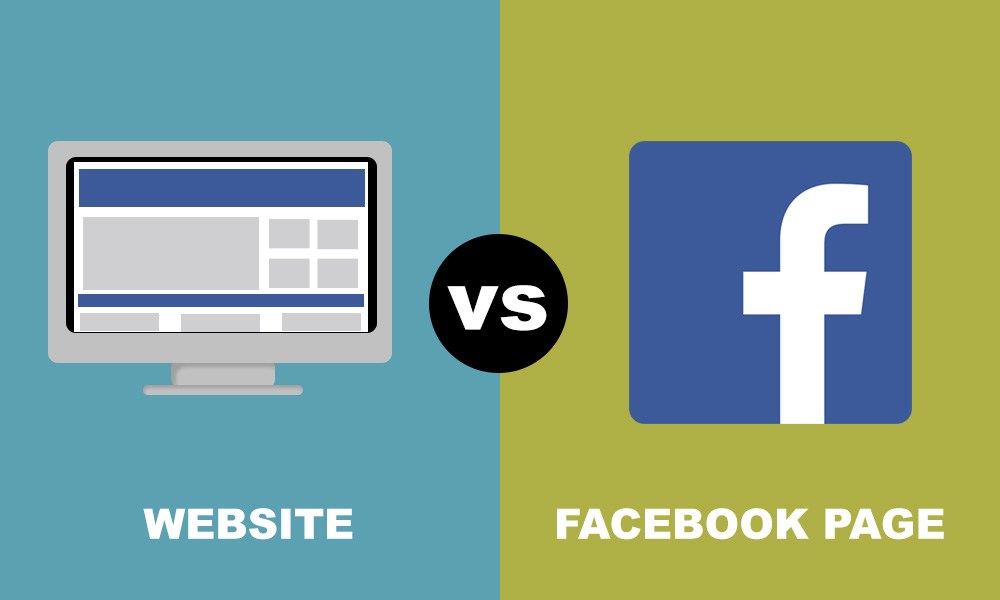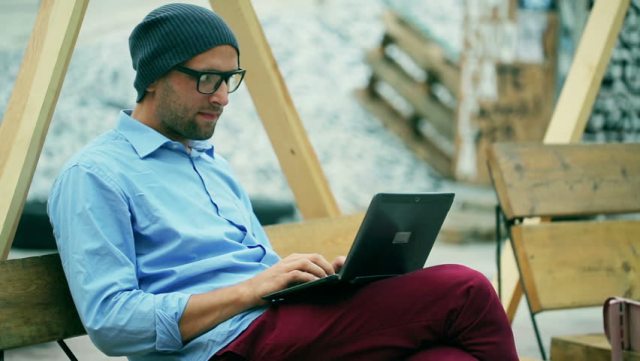by John Onorato
Are you a life coach?
A conscious business leader?
Are you the owner of a business whose aim is not only to earn money, but to do good? For other humans, for animals or for the environment?
You are? Awesome! Keep reading, then 😃
So … how do you get your message out?
One of the best ways to market your business is through blogging. Blogging is a great way to build awareness of your brand. Blogging also makes it super-easy to serve your customers by providing content that’s both relevant and useful.

There are several more reasons blogging is good for your business.
- It drives traffic to your website or store
- It enhances your other inbound marketing efforts
- It attracts more potential customers
- It makes your search rankings better (SEO/SERP)
- It can help position your brand as an industry leader
- It helps you develop better relationships with your customers
In fact, according to HubSpot, businesses that make blogging a priority are up to thirteen times more likely (13x) to see a positive return on their investment.
Let’s talk a little more about these benefits!
More Traffic, Better Traffic
Blogging gives you a chance to provide relevant content for your customers. It is a very effective way to drive traffic to your website or your storefront.
It doesn’t matter if your main presence is on Facebook, Twitter, LinkedIn, Pinterest or even StumbleUpon (are they still around?). With little to no investment up front, you can start a blog. Then you’ll send notifications to these services, linked to your articles.
Doing this makes it easy to make your blog the basis of all your social media activity!
All you have to do is provide a reason for your followers to click through to your website. Your content provides this reason.
Better Search Rankings
Who wants to improve their Google search rankings?
You do, of course! 😃
Blogging will help you do just that. Fresh and original content is still the best way to beat your competitors on the search engine results page.

Liberal use of keywords is a great way to do this. Make a list of the topics, categories and keywords you want your business to be known for. When writing your posts, use these and other related words frequently.
Even if you can’t figure out how to wedge those keywords in there, a regularly maintained blog about your product, business or industry will naturally improve your search rankings. This is because Google favors original content.
Of course, being intentional about keywords will only improve your results.
Usage of keywords on your website is a great way to tell Google that your site is a good place to find information about those topics.
Once a Leader, Always a Leader
Want to position yourself as an industry leader?
Write a blog!
Want to show off your knowledge and resonate with your market?
Write a blog!
Have something to say?
Write a blog! 😁
Well written blog posts position you as an industry leader. When you post about topics that impact your market and demonstrate your knowledge, people recognize you as an authority in your field.

If you have a physical product, write about how it improves the lives of your customers. If you have a service, write about how happy people are after experiencing it. Your customers will grow to understand that you are the source for knowledge about the things they are interested in.
Blogging builds trust as well. The more relevant knowledge you demonstrate, the more your customers will trust you to provide what they need.
Not only that, but your readers will benefit from the value you provide them!
Improving Customer Relationships
A good blog deepens the relationship you have with your customers. By providing information directly on your website, you maintain control over what they know about your offering.
An informed client is a happy client. And they will appreciate the fact that you are the one talking to them — they are not having to dig up some third-party information that may or may not be true.

Additionally, your patrons want to be seen as people, not as numbers. Or, heaven forbid, as dollar signs. Who is your ideal customer? Customizing your blog for that person will attract that kind of person.
Regular blogging not only improves the relationship you have with your customers, it boosts customer retention as well. People want to buy from other real people, and a blog proves there are real people on the other end of that transaction.
The Next Step
So yes, blogs are great. There are many ways to make them happen.
Yet you can’t just snap your fingers and expect to have an effective blog.
Or can you? 🤔
ThreeOwl Media specializes in writing blogs. The information provided above comes from direct experience with the thousands of blog posts that we have written.
Maybe you already have a blog. That’s okay! ThreeOwl Media can make it better. We guarantee it.
See, I am a freelance writer. I do it full-time. I love the act of stringing words into sentences and paragraphs.
And I love serving people. I love making people look their best. I love helping people shine.
So if you don’t have time to write, let me do it for you!
If it’s not convenient for you to write, let me do that for you.
If you have more of a numbers brain, and not so much a word brain, let me write for you.
I’ve been writing ever since I could push crayons around a piece of paper. And I’ve been writing professionally since 2013.
To say that writing is my passion is to understate it completely.
Yes, writing is my passion. But it’s also my life. That’s how my brain works. That’s how I process feelings. That’s how I express myself. That’s how I relate to the world.

So let my expertise help you!
With your marketing efforts, with your manuals and documentation, with your correspondence, with your video scripts … whatever! Anything you need written, I am happy to write it for you.
And if you already have written material, I guarantee I can improve it.
Contact me to arrange a call or meeting! Use the Contact Me link, found under About Me.
I look forward to helping you with your writing projects!







































